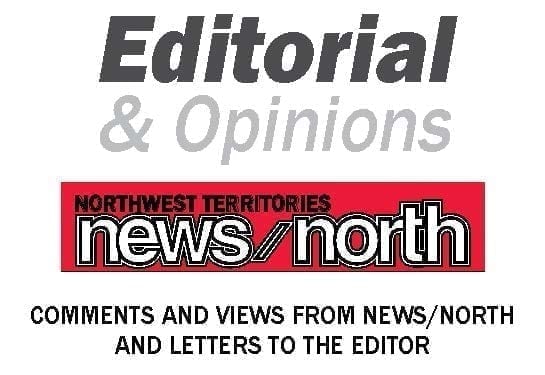The Northern mining industry is in transition and if you are not up to date on some of the goings on with the future of the regulations around mining, it might be important to do so before the fall.
 The legislative assembly's Standing Committee on Economic Development and Environment wrapped up public hearings recently on a slate of bills related to resource extraction.
The legislative assembly's Standing Committee on Economic Development and Environment wrapped up public hearings recently on a slate of bills related to resource extraction.
Among those bills, include the territorial government's draft Mineral Resources Act which aims to create a regulatory framework to boost the territory's largest non-government industry, namely mining, with a goal of attracting more exploration, cut down on bureaucratic red tape and improve investor confidence in Northern projects.
At the committee's May 8 public hearing at the legislative assembly, members of the NWT/NU Chamber of Mines shot down the proposed bill, largely due to its inability to adequately address investor confidence and questions around inter-jurisdictional governments involved in impact benefit and participatory agreements.
The chamber did present two ideas though that could make a difference to Indigenous governments across the North and the financial health of Northern communities.
First, the chamber would have the GNWT provide an annual cash payment equivalent to some percentage of a project's annual expenditures to Indigenous governments on whose land is being explored for potential development. Second, the chamber would have the GNWT split an additional 25 percent of royalties collected from a new mine to all Indigenous governments directly impacted.
These are very intriguing ideas.
Because money is key to self-sufficiency in communities, the suggestion made by the territory's key mining advocacy group could be a way forward for both industry and Indigenous governments. It could bring relief and benefit to some of the current economic hardships and daily struggles unique to Indigenous and remote governments across the North while meeting the industry's long-held gripe of increasing investor confidence in Northern mining.
With declining caribou herds, rising costs in living, climate change impacting access to land, the need to keep services evolving and continuing --- places like schools, youth centres and community centres --- there is serious pressure on Northern Indigenous communities to find new ways of attaining self-sustainability.
The realization of the chamber's suggestions as stated would be a positive move for the territory as a whole that both symbolically recognizes the traditional inhabitants here while helping with practical needs across the North.
It would also ensure a future for the industry.
Sharing greater benefits would also contribute to the recognition of a changing territory where Indigenous governments are growing in influence alongside the GNWT, particularly shown at the last federal budget where the Canadian government allowed for direct funding from national coffers to Indigenous governments. In the past, money has had to flow through the GNWT.
This is something to be commended because more often local governments know what is best for their residents and members.
Not everyone is in favour of mining but there is no denying its importance to economic sustainability in the territory.
If industry is to overcome the lull of the past decade and thrive in the coming century, it will be absolutely essential that Indigenous groups view projects as worthwhile, take greater ownership and share in the benefits.
This is a task for both industry and government. Otherwise, the mining industry won't go anywhere.